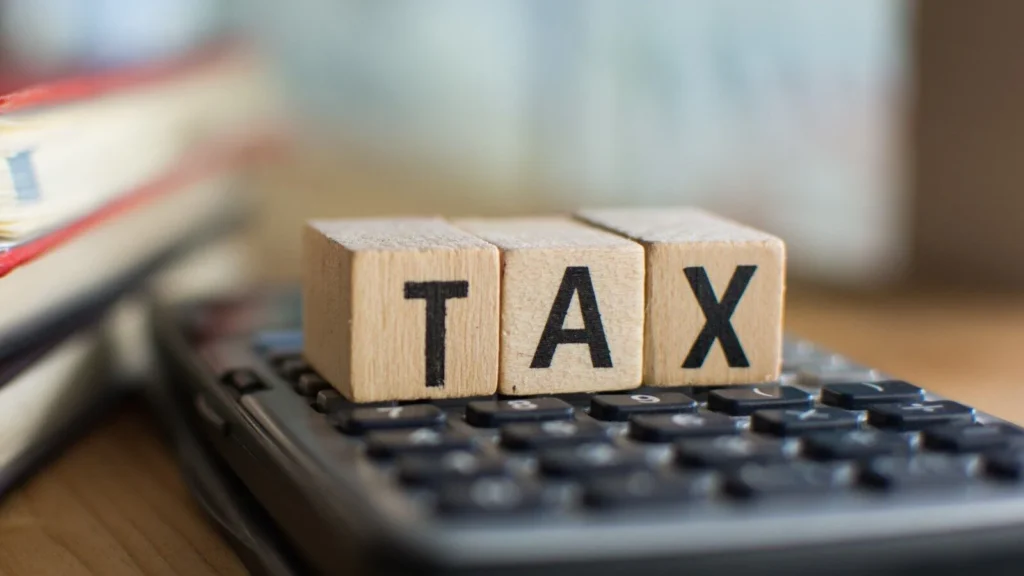Paying taxes is unavoidable, but paying more tax than necessary? That’s avoidable — if you know where to look. As someone who ignored tax-saving options for years, I want to simplify this topic for people like me: late learners, overwhelmed beginners, and anyone who wants to make smarter money moves without jargon overload.
This post breaks down the most popular tax-saving instruments under Section 80C of the Income Tax Act, how they work, how much you can save, and which ones might be right for you.
What is Section 80C?
Section 80C of the Indian Income Tax Act allows you to reduce your taxable income by investing or spending in certain prescribed instruments. You can claim a maximum deduction of ₹1.5 lakh per financial year under this section.
That means, if you fall in the 30% tax bracket, you can save up to ₹45,000 in taxes annually just by using 80C wisely.
Popular Tax-Saving Instruments under Section 80C
Let’s look at the top ones, starting with the most popular and beginner-friendly.
1. ELSS – Equity Linked Savings Scheme
What it is: ELSS is a type of mutual fund that invests primarily in the stock market but comes with a 3-year lock-in period.
- Shortest lock-in among 80C options (3 years)
- Returns are market-linked (8%–15% or higher potential)
- Tax deduction up to ₹1.5 lakh
- Can be invested via SIP or lump sum
Best For: People with a longer horizon (3+ years) and moderate-to-high risk appetite.
Example: If you invest ₹1.5 lakh in ELSS in FY 2025–26 and stay invested for 3 years, any returns after that are taxed as LTCG (Long-Term Capital Gains) at 10% beyond ₹1 lakh gain.
“ELSS is one of the best tax-saving options if you’re okay with short-term volatility for long-term growth.”
2. PPF – Public Provident Fund
What it is: A government-backed long-term savings scheme with guaranteed returns.
- 15-year lock-in (partial withdrawals allowed from year 7)
- Interest is tax-free
- Returns ~7%–8% (declared quarterly)
- Minimum investment ₹500/year, max ₹1.5 lakh/year
Best For: Risk-averse individuals looking for safe, long-term corpus with EEE status.
Example: If you invest ₹1.5 lakh every year in PPF, you could accumulate around ₹40+ lakhs after 15 years — tax-free.
3. EPF – Employees’ Provident Fund
What it is: Mandatory retirement fund for salaried individuals where both employer and employee contribute.
- Employee contribution eligible under 80C
- Annual interest ~8%
- Employer contribution not eligible for deduction
- Withdrawal allowed at retirement or under specific conditions
Best For: Salaried employees — especially if your employer contributes too.
Note: Excess voluntary contributions (VEPF) also qualify under 80C.
4. NSC – National Savings Certificate
What it is: A fixed-income investment offered by the post office.
- Lock-in of 5 years
- Fixed interest (~7.7% currently), compounded annually
- Interest earned is taxable but also eligible under 80C (reinvested)
- Safe (government-backed)
Best For: Conservative investors looking for capital protection.
5. Tax-Saving Fixed Deposits (FDs)
What it is: FDs with a 5-year lock-in that offer 80C tax benefits.
- Lock-in of 5 years
- Interest is taxable
- Guaranteed returns (~6.5%–7.5%)
- Low risk and bank backed
Best For: First-time investors or those looking for absolute safety.
Drawback: Interest income is taxed, unlike PPF or ELSS (above ₹1 lakh gain).
6. Life Insurance Premiums
What it is: Premiums paid towards term insurance or life policies qualify under 80C.
- Deduction allowed on premiums paid for self, spouse, children
- Only premiums up to 10% of the sum assured are eligible
Best For: Individuals ensuring life cover while saving on tax.
7. Sukanya Samriddhi Yojana (SSY)
What it is: Government scheme for the girl child’s future expenses.
- Only for parents/legal guardians of girl children (below 10 years)
- Attractive interest rate (~8.2%)
- Lock-in till girl turns 21 (or marries after 18)
- Tax-free returns and EEE status
- Minimum ₹250/year, max ₹1.5 lakh/year
Best For: Parents of daughters looking for long-term, tax-free wealth building.
How to Choose the Right Tax-Saving Option
| Need/Priority | Recommended Option(s) |
|---|---|
| Shortest lock-in + growth | ELSS |
| Long-term security | PPF, SSY |
| Safe + moderate return | NSC, Tax-saving FD |
| Retirement-focused | EPF, PPF |
| For children’s future | Sukanya Samriddhi Yojana |
| Life protection | Term insurance (premium deduction) |
What is EEE, EET, and TTT in Tax Terms?
To compare these instruments, here’s how taxation works:
- EEE – Exempt on investment, interest, and maturity (e.g., PPF, SSY)
- EET – Exempt on investment and interest, but taxable on maturity (e.g., EPF under certain conditions)
- TTT – Taxable at all three stages (e.g., Bank FDs)
Understanding this helps you plan for the real returns post-tax.
Quick Comparison Table
| Instrument | Lock-in | Risk | Return Type | Tax on Returns | Max Limit (80C) |
|---|---|---|---|---|---|
| ELSS | 3 yrs | High | Market-linked | 10% above ₹1L | ₹1.5L |
| PPF | 15 yrs | Low | Fixed | Tax-free | ₹1.5L |
| EPF | Until retirement | Low | Fixed | Tax-free* | ₹1.5L (employee) |
| NSC | 5 yrs | Low | Fixed | Taxable | ₹1.5L |
| Tax-Saving FD | 5 yrs | Low | Fixed | Taxable | ₹1.5L |
| SSY | 21 yrs | Low | Fixed | Tax-free | ₹1.5L |
| Life Insurance | Varies | Low | NA | Tax-free* | ₹1.5L |
Final Thoughts
If you’re like me — confused for years and paying higher taxes just because you didn’t know better — remember this:
“Tax saving is not just about saving tax. It’s about using that money to build something for yourself.”
Start small. Pick 2–3 instruments. Automate your contributions. Revisit your choices each year.
And make sure you’re not just saving tax, but also saving wisely.

